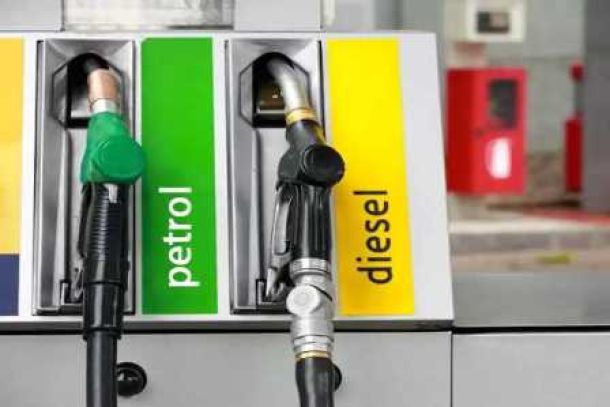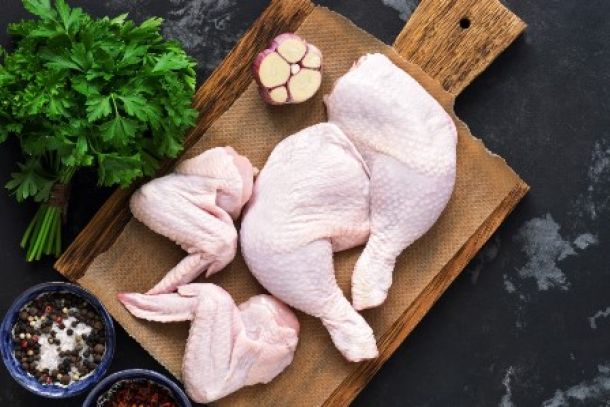SA exits recession with 2.5% GDP growth
South Africa's gross domestic product has rebounded with 2.5% growth for the second quarter of the year. This is an improvement from the contraction reported for two consecutive quarters. GDP declined 0.3% in the fourth quarter of 2016 and 0.7% in the first quarter of 2017.
Second-quarter data shows year-on-year GDP growth was 1.1%, and for the six months growth has been 1.1%. The nominal GDP is estimated at R1.145bn.
Statistician general Pali Lehohla explained that the primary industry contributed “significantly” to the growth numbers, with growth of 10.3%.
Lehohla described growth in the agricultural sector as “shooting through the roof” by 33.6%. It contributed 0.7 of a percentage point to overall GDP growth. Mining grew 3.9% contributing 0.3 of a percentage point to overall growth.
The secondary sector grew 1.9%, with growth in the manufacturing industry up 1.5%. Electricity production increased 8.8%. While construction declined 0.5%.
The tertiary sector reported growth of 1.2%, with trade up 0.6%, transport up 2.2% and finance up 2.5%. The finance, real estate and business services contributed 0.5 of a percentage growth to GDP.
general government services decreased 0.6% contributing a -0.1 of a percentage point to GDP growth.
On the expenditure side of GDP, growth was recorded at 2.4%. Year on year expenditure was 0.8% and 0.5% for the six months.
Agriculture growth
Lehohla said that although agriculture production had grown so significantly, it did not contribute significantly to number of people employed because of mechanisation. The 33% growth comes off a low base. This growth driven by record maize crop expected for the second and third quarters, explained deputy director general of Economic Statistics Joe de Beer.
Household final expenditure came to 4.7% for the quarter, with the bulk of spend (26.7%) going towards clothing and footware. However spend on education declined 0.9%, as well as for restaurants and hotels (-7%), and transport (-9.8%).
There was an increase in spend on semi-durable (21.2%) and non-durable goods (7.9%), following rebound in retail sales, explained Michael Manamela director of national accounts.
Government final consumption expenditure was up 0.8% for the quarter, up from the -1.7% decline reported in the first quarter.
Gross fixed capital formation declined 2.6% for the quarter, compared to growth of 1.3% reported in the first quarter.
During the briefing Lehohla confirmed that he would be leaving StatsSA on October 31, but would not be drawn on to discuss his departure further.
News Category
- International retailers
- On the move
- Awards and achievements
- Legislation
- Wine and liquor
- Africa
- Going green
- Supplier news
- Research tools
- Retailer trading results
- Supply chain
- Innovation and technology
- Economic factors
- Crime and security
- Store Openings
- Marketing and Promotions
- Social Responsibility
- Brand Press Office
Related Articles

South Africans to expect big petrol price cuts

Confirmed: Petrol, diesel price cuts on Wednesday

SA poultry industry calls for targeted chicken ...

Empowering South African households through gro...


